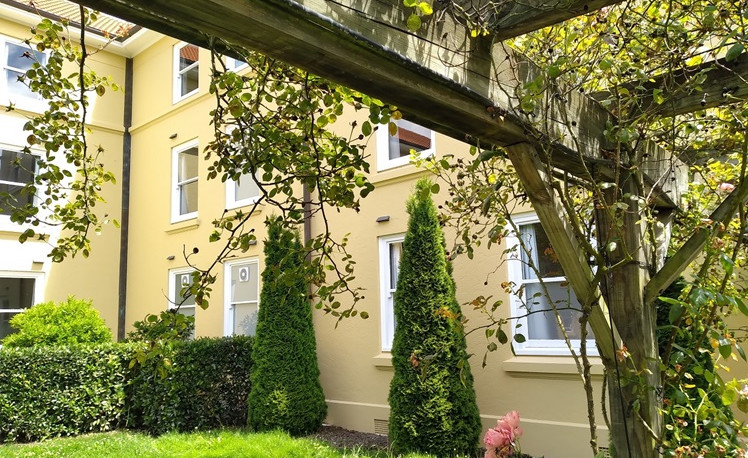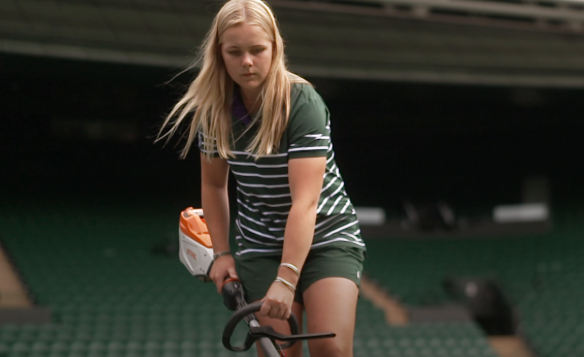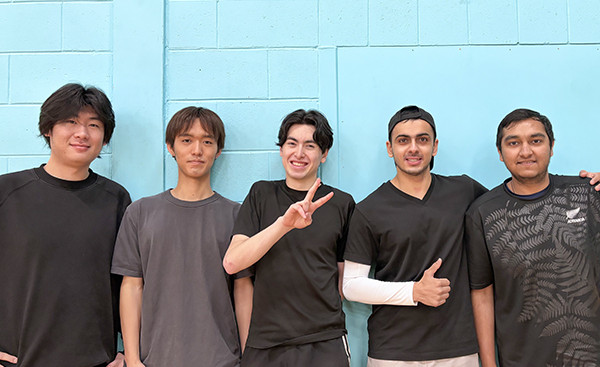Pouākai: a marker on the landscape
21 December 2023 | News
Presiding over a lush expanse of lawn, with flagship science facility Waimarie as its dramatic backdrop, Lincoln University’s new sculpture Pouākai is a pou whenua, or marker on the landscape.
The pouākai was a gigantic bird of prey, now more commonly known as the Haast Eagle, and the new Pouākai sculpture was created by senior artist Piri Cowie (Nō Kāi Tahu, Ngāpuhi, Ngāti Kahu).
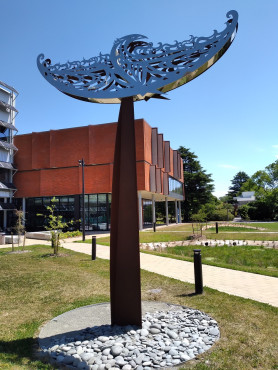 Early oral traditions, supported by rock art drawings, record the migration of people and kūmara to Aotearoa, carried here by a giant bird called Te Manu nui a Tāne. This tradition is recorded in Ngāi Tahu archives, and similar tribal traditions are held along both the east and west coasts of the North Island.
Early oral traditions, supported by rock art drawings, record the migration of people and kūmara to Aotearoa, carried here by a giant bird called Te Manu nui a Tāne. This tradition is recorded in Ngāi Tahu archives, and similar tribal traditions are held along both the east and west coasts of the North Island.
Inspiration
When Piri Cowie was approached to create a work that spoke to the cultural narrative He Puna Karikari, she was inspired by the Pou tradition and the establishing of ahikā, the fires of occupation.
The Pou tradition tells the story of the arrival of Pou, a Rapuwai ancestor, carried to Aotearoa by Te Manu Nui a Tāne. With him, Pou brought kūmara. The establishment of kūmara in the new land meant that people could not only survive, but they could thrive and build a life, lighting the fires of occupation.
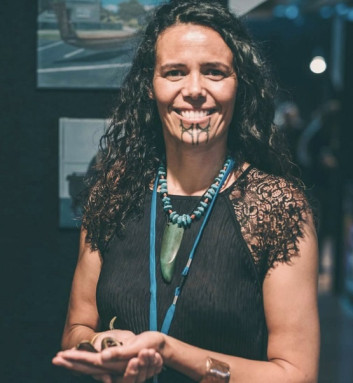
Piri Cowie
Cultural narrative
Ko Rākaihautū te takata nāna te tīmata te ahi ki ruka ki tēnei motu.
It was Rākaihautū who lit the fires of occupation on this island.
The Pouākai is a testament to the tenacious nature of our ancestors, their ability to explore, navigate and innovate. It is a recognition that early traditions can and do set a template for future generations.
This cultural narrative has been provided by Puamiria Parata-Goodall – Pou Ahurea, Cultural Advisor for Lincoln University.
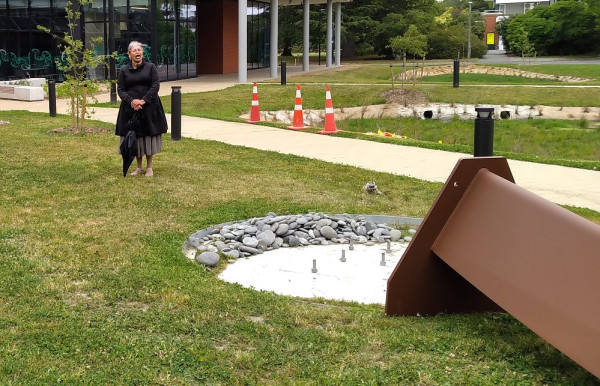
Puamiria Parata-Goodall (Pou Ahurea, Cultural Advisor) leads a karakia for Pouākai prior to installation
A word from the artist
“Pouākai, references our ancient taonga whakarākai, adornments created by our tīpuna. This taonga, sculpture, now adorns the campus at Te Whare Wānaka o Aoraki. The form echoes the crescent-shaped carving found near Temuka and currently held at Te Whare Pupuri Taonga o Ngā Pākihi Whakatekateka o Waitaha, Canterbury Museum.
The representation of our manu, ‘Pouākai’ speaks to our tuhituhi tawhito o Kāi Tahu whānui, the first paintings created on rock in Te Waipounamu, demonstrating our ancestors' connection and reverence for manu in our region.
Embedded in the outstretched wings of the Pouākai is the visual symbol of kūmara, acknowledging our migration voyages from Hawaiki.
Kā Tiritiri o te Moana, the Southern Alps horizon, is referenced in the base curve of our sculpture, Pouākai – ka tau, landing in Te Waipounamu.”
Nā Piri Cowie,
Nō Kāi Tahu, Ngāpuhi, Ngāti Kahu
